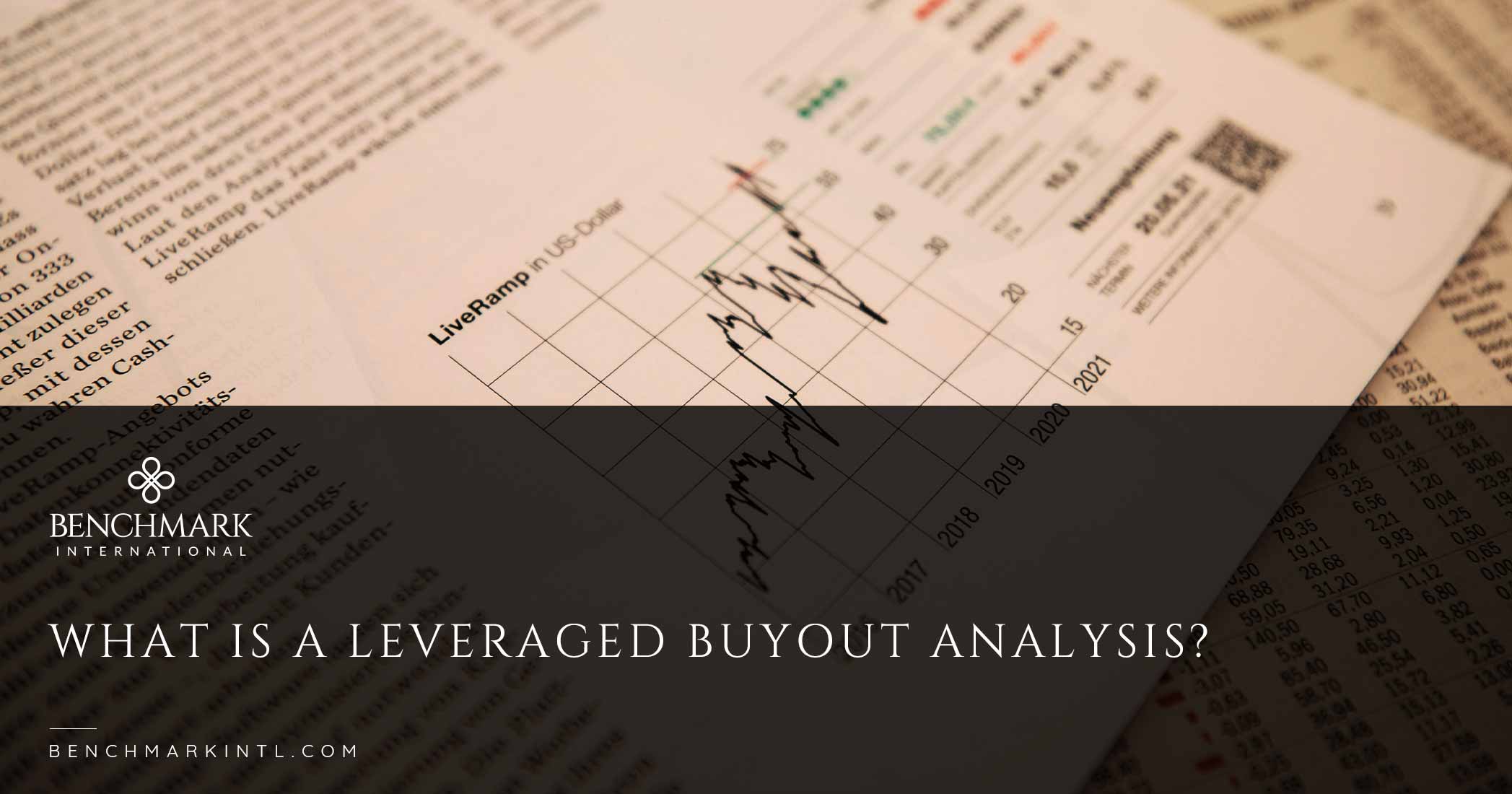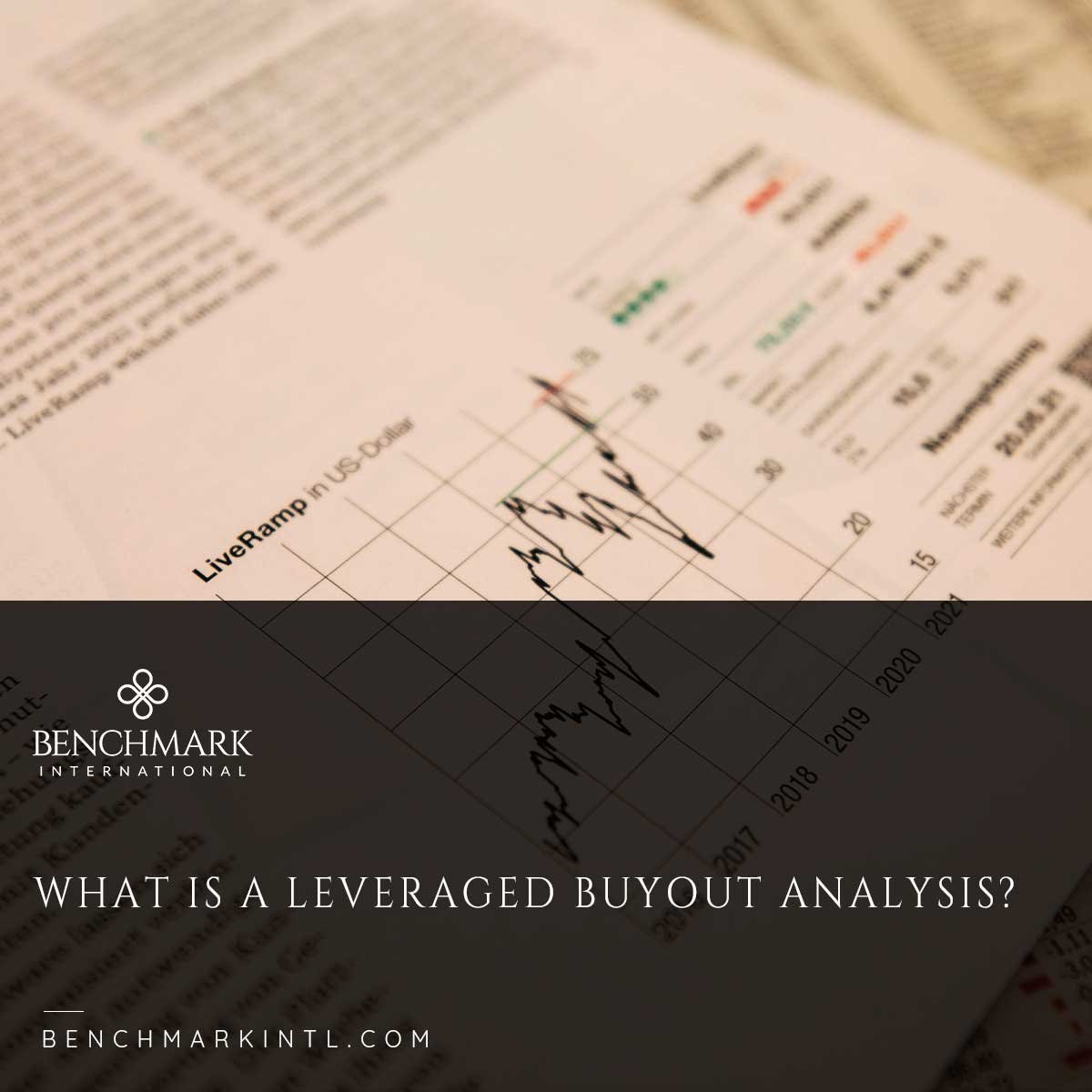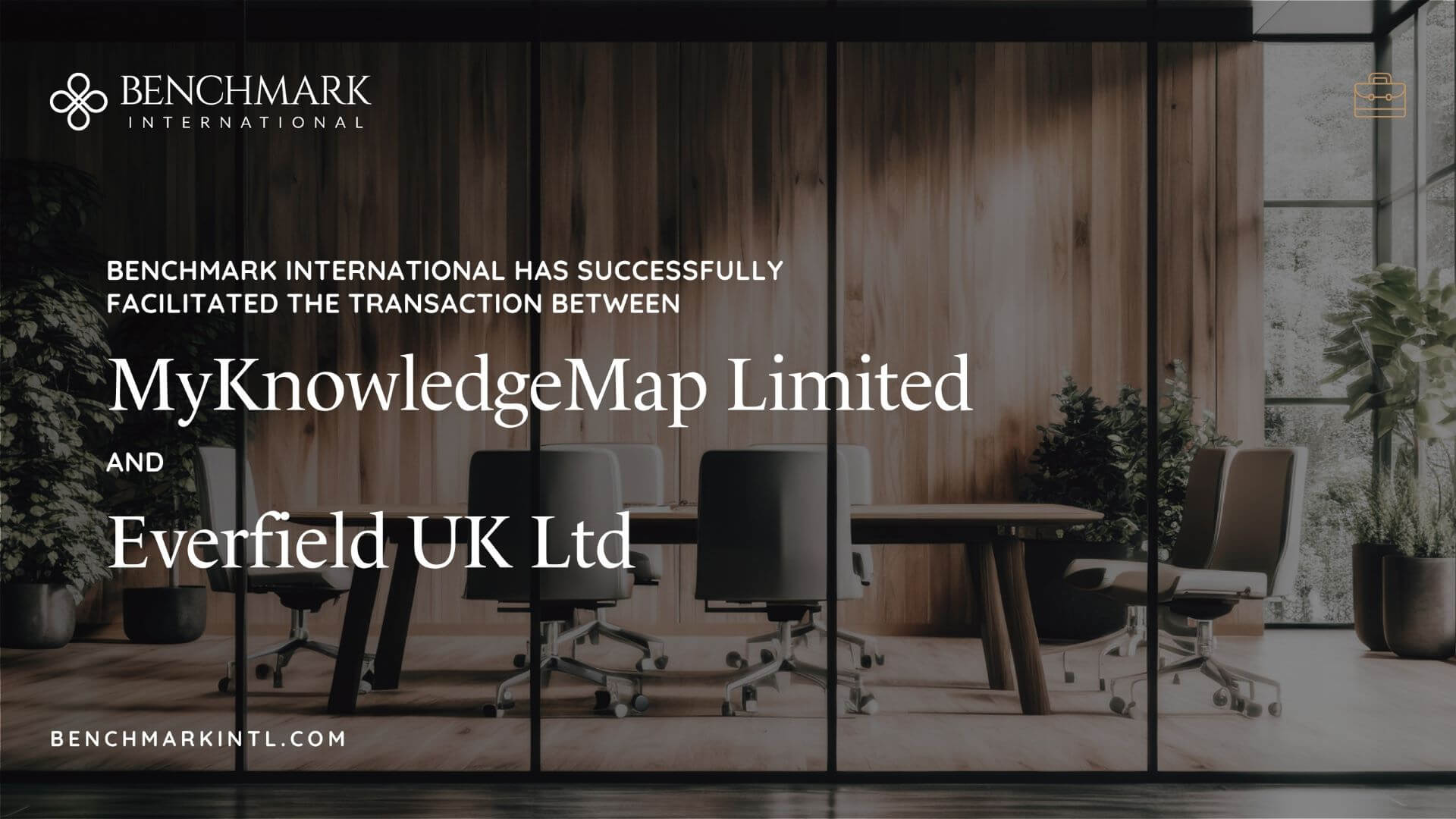
Leveraged Buyout (LBO)
A leveraged buyout occurs when a company is acquired using a significant amount of borrowed money to cover the purchase cost. This is done so they can avoid committing large amounts of capital to an important acquisition. The assets of both the target and acquiring companies are typically used as collateral for the loans. It is common for an LBO to have a high debt/equity ratio of 90% debt to 10% equity. Because this ratio is high, the bonds issued for the buyout are junk bonds.
LBOs are done to take a company private, spin off a part of an existing company via a sale, or transfer personal property (i.e., a change in small business ownership). The primary advantage of an LBO is that the acquiring company can buy a larger company while relying only on a small number of its assets.
LBOs are known to be predatory because the target company usually does not want the acquisition to occur. The target company should show profitability and growth potential, but ironically, the acquiring company can use the target company’s balance sheet as a tactical weapon to justify the buyout.
Leveraged Buyout Analysis
A leveraged buyout analysis is an analytical tool used to determine the maximum price a buyer could pay for a target company with financing in the current debt markets that would result in an appropriate return for the buyer.
A few factors dictate the highest price that can be justified in an LBO:
- The target’s current and projected free cash flows
- The required minimum rate of return on investment by equity investors
- The financing structure, interest rates, and banking covenants demanded by lenders
Because an LBO has financial risk, equity investors typically seek a minimum internal rate of return on their investment of 25-35%. To calculate this return, the target company's equity value at the time the buyer exits the investment must be estimated.
Steps in an LBO Analysis
- First, financing for the acquisition and the current debt-to-equity level on M&A deals must be determined. That ratio is applied to value expectations.
- Second, the company's free cash flow over the next five years must be determined. This includes the cost of servicing the debt amount used in the acquisition.
- Next, the equity remaining for the buyer is calculated, assuming that the company will be sold after five years at a conservative EBITDA multiple.
- Use all three steps to calculate the potential internal rate of return on their investment.
Characteristics of an LBO Company
The target company or sector should be mature, meaning its stock price trades at a lower multiple to free cash flow than newer companies in high-growth sectors.
The company should also have a clean balance sheet with no or low outstanding debt. Buyers need to use new debt as part of the acquisition. Companies with high levels of pre-existing debt restrict the level of new debt that they can tolerate.
There should also be a strong management team in place and strong potential to improve the company through efficiency or expansion measures.
The target company should have a strong competitive advantage and a solid market position. This will help protect the company from competitive pressures that could lower profit margins while also helping to provide possible growth opportunities.
It is also vital that the business has steady, stable, and recurring cash flows. This cash flow will be needed to service the significant debt burden for the LBO. This can be problematic for businesses that are cyclical or highly seasonal.
Investors expect growth from the company to finance new capital expenditures and new working capital requirements. This makes companies with relatively high capital expenditure and working capital requirements less attractive for LBOs.
Some companies purchased in an LBO will have areas or segments that are underperforming or are acting as a distraction to management. These side businesses can usually be sold off to generate cash to pay off debt used in the company's purchase.
Exit Options
Once a target company has improved and some of the debt used to purchase it has been repaid, LBO investors prefer to exit the company fairly quickly, usually three to five years after the purchase. If the company is held for longer than the ideal selling time, it will lower the expected return on investment as leverage decreases yearly. This is why anyone entering an LBO wants to consider how the company can be sold. Previous LBOs, M&As, or IPOs in the target industry could indicate how easily the business can be sold when the time comes.
Management Buyouts (MBOs)
An MBO is similar to an LBO, but in the case of an MBO, the target company's management team acquires it instead of an outside investor. Say the sole owner of a company is nearing retirement and is ready to exit. If the management team feels optimistic about the company’s future, they could agree to buy out the owner's equity interest and take control of the company.
Americas: Sam Smoot at +1 (813) 898 2350 / Smoot@BenchmarkIntl.com
Europe: Michael Lawrie at +44 (0) 161 359 4400 / Lawrie@BenchmarkIntl.com
Africa: Anthony McCardle at +27 21 300 2055 / McCardle@BenchmarkIntl.com
ABOUT BENCHMARK INTERNATIONAL:
Benchmark International is a global M&A firm that provides business owners with creative, value-maximizing solutions for growing and exiting their businesses. Benchmark International has handled over $10 billion in transaction value across various industries from offices across the world. With decades of M&A experience, Benchmark International’s transaction teams have assisted business owners with achieving their objectives and ensuring the continued growth of their businesses. The firm has also been named the Investment Banking Firm of the Year by The M&A Advisor and the Global M&A Network as well as the #1 Sell-side Exclusive M&A Advisor in the World by Pitchbook’s Global League Tables.
Website: http://www.benchmarkintl.com
Blog: http://blog.benchmarkcorporate.com

 Benchmark International
Benchmark International  Benchmark International
Benchmark International 




